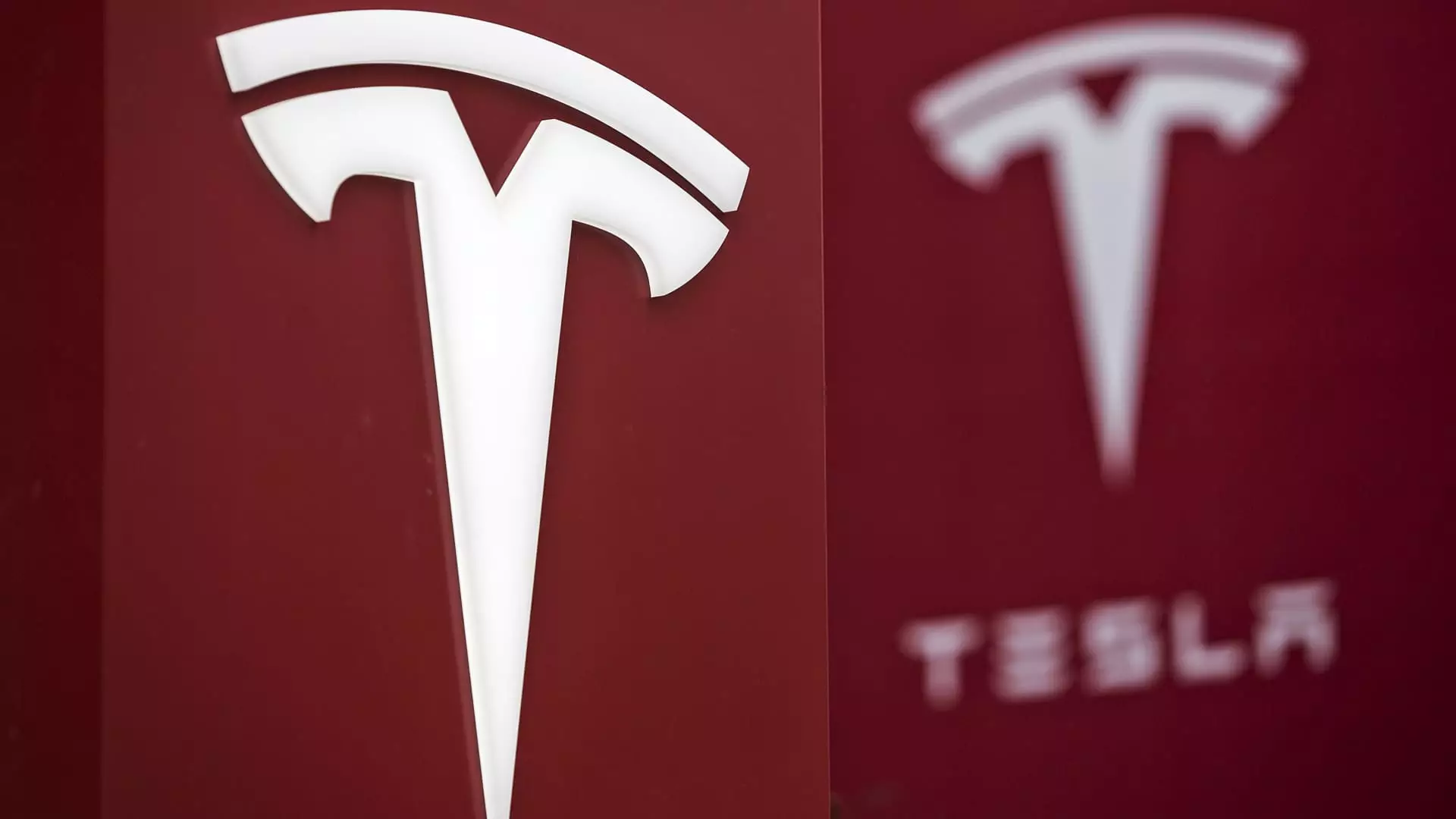Despite Elon Musk’s announcement of a new robotaxi product, the California Department of Motor Vehicles and CPUC have not received any applications from Tesla for the necessary permits. This lack of communication raises concerns about the timeline for Tesla to launch a robotaxi service in California.
California requires aspiring robotaxi services to obtain two permits – one from the DMV to deploy autonomous equipment on the road and another from the CPUC to operate as a business. Currently, Tesla only holds the lowest-level permit for testing autonomous vehicles with human drivers present and has not applied for higher-level permits required for deployment without human drivers.
The process for obtaining permits to operate a robotaxi business in California is highlighted by Waymo’s experience, which took eight months from application to approval. It remains uncertain whether Tesla’s timeline for approval will be shorter or longer, or if it could potentially face approval rejection.
Tesla’s approach to developing autonomous vehicles differs from that of companies like Waymo and Cruise, as Tesla has employed less expensive hardware sensors and rolled out driver assistance systems across a broader geographic range. However, Tesla does not have publicly released technology for fully autonomous driving yet.
While each state has its own regulations for robotaxi operations, Tesla may need authorization from multiple states or localities to operate a nationwide robotaxi fleet. It remains to be seen if Tesla will seek approval from various regions or focus on launching in specific states first.
Elon Musk’s announcement of a Tesla robotaxi unveil has generated excitement among fans and investors, leading to a rise in Tesla’s share price. The lack of details regarding Musk’s plans has sparked speculations about whether the announcement will involve a new vehicle, service, or a different venture within the autonomous vehicle industry.
Musk has previously discussed various business models for a robotaxi service, such as leasing Tesla vehicles for a fleet, or allowing Tesla owners to rent out their cars for fares. These decentralized ownership models may require regulatory approval and operational permits from different jurisdictions.
Other autonomous vehicle companies like Cruise and Waymo have faced regulatory challenges, with Cruise having to halt operations after an incident in San Francisco. Tesla’s rocky relationship with California regulators may further complicate the approval process for its robotaxi plans.
Tesla’s path to launching a robotaxi service in California and nationwide faces hurdles in the form of regulatory approvals and operational permits. The lack of communication with regulatory agencies, the differences in approaches to autonomous technology, and the potential impact of regulatory scenarios on other companies in the industry highlight the challenges that Tesla must address in realizing its robotaxi ambitions.


Leave a Reply